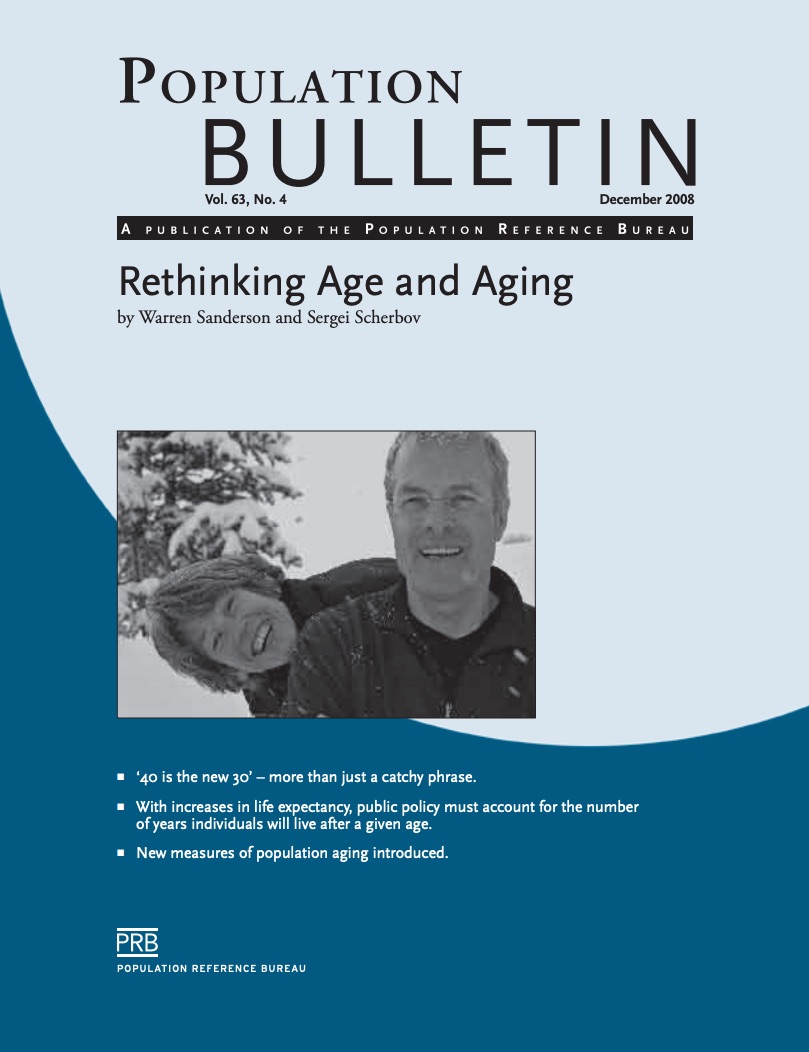534 Search Results Found For : "climate change"
Lesson Plan: Linking Population, Health, and Environment
(2005) The number of people on Earth, where they live, and how they live all affect the condition of the environment.

Rethinking Age and Aging
(December 2008) According to the United Nations (UN), "Population ageing is unprecedented, without parallel in human history and the twenty-first century will witness even more rapid ageing than did the century just past."

Rethinking Power and Partnership in the SRHR Sector: Lessons From the TIME Initiative
The TIME Initiative sparked a conversation that must continue—not only inside our organizations, but also in our partner countries.

Project: PACE: Policy, Advocacy, and Communication Enhanced for Population and Reproductive Health
Short Videos Highlight Important FGM/C Data
(2017) The videos aim to expand understanding of key data issues in FGM/C research, including the importance of looking beyond national prevalence to identify hotspots or areas within a country where FGM/C is widely practiced, analyzing change over time by comparing older and younger cohorts rather than changes in overall prevalence, and understanding the various questions and data gaps that are raised by newly available data in Indonesia.

2020 Census Self-Response Rates Are Lagging in Neighborhoods at Risk of Undercounting Young Children
Self-response rates are lowest in neighborhoods with high concentrations of racial and ethnic minorities in the young child population, which could mean fewer dollars for communities that need funds the most.

Project: Demography and Economics of Aging and Alzheimer’s Disease
New Evidence on Sleep’s Role in Aging and Chronic Disease
(Issue 38) Sleep may be as important to health in old age as diet and exercise. Numerous studies have shown that sleeping too much or too little is associated with mortality among older adults.
